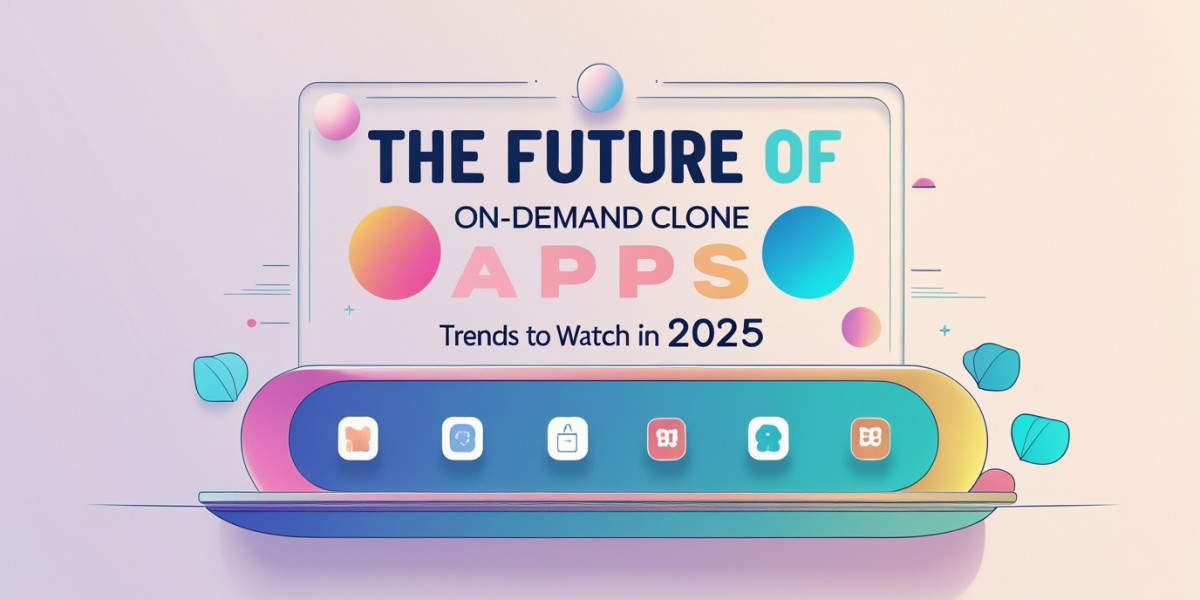In the public imagination, debt collection is often pictured as a barrage of phone calls from a relentless, faceless caller. While that still occurs, the reality of modern collections is far more complex, sophisticated, and deeply integrated into the digital ecosystem that surrounds us. The industry has undergone a seismic shift, moving from call centers powered by phone books to command centers powered by big data, artificial intelligence, and predictive analytics. This digital transformation has made the process more efficient for agencies but also more opaque and potentially intrusive for consumers. Understanding this behind-the-scenes machinery is the first step for any consumer who needs to Stop PRA Group debt collection harassment and navigate this new landscape effectively.
This article will pull back the curtain on the world of data-driven debt collection. We will explore how your digital footprint is harvested and analyzed, how algorithms determine the strategy used against you, and the significant legal and ethical questions this new paradigm raises.
From Ledgers to Algorithms: The Data Gold Rush
The journey of a debt in the digital age begins long before a collector ever dials your number. When an original creditor, like a credit card company, decides to sell a charged-off debt, they don't just sell a name and an amount. They often bundle it with a rich trove of associated data. This can include:
Historical Payment Patterns: Your history of payments with the original creditor.
Spending Habits: The types of merchants you frequented with the card.
Geolocation Data: Address history and other location information.
Communication Records: Phone numbers and email addresses on file.
This initial dataset is just the starting point. Once a debt buyer like PRA Group acquires a portfolio of debts, they often employ specialized data brokers to append even more information. These brokers scrape thousands of public and private sources to build a shockingly detailed profile. They can find your new address, identify your employer through LinkedIn or state licensing databases, ascertain your income bracket, and even analyze your social media for signs of financial stability or distress. This process creates a "digital dragnet," assembling a composite sketch of your life from the scattered fragments of data you leave online.
How AI and Predictive Models Shape Collection Strategy
With this enriched data profile in hand, sophisticated algorithms take over. The days of every debtor receiving the same scripted calls are over. Now, collection strategies are highly personalized based on predictive analytics. The system scores each account to determine the most efficient and profitable path to collection.
Key factors in these models include:
Recovery Probability: The algorithm estimates the likelihood that you will repay. A high-score debtor might receive more polite, persistent reminders, while a low-score debtor might be routed to more aggressive tactics or faster placement into legal action.
Payment Capacity: By analyzing your employment data, property records, and other financial indicators, the model guesses how much you can afford to pay. This informs the settlement offers you receive.
Communication Channel Optimization: The system doesn't just decide what to say; it decides how to say it. It might determine that you are most responsive to text messages, emails at a certain time of day, or automated voice messages. Your digital behavior teaches the system how best to engage you.
This automated decision-making is where significant risks lie. If the underlying data is incorrect—for example, if your income is misreported or you are mistakenly linked to someone else's debt—the algorithm will still churn out an inappropriate and potentially harmful strategy. The sheer volume of accounts processed this way makes errors inevitable, and challenging an automated system can feel like shouting into a void.
The Legal Gray Zone of Digital Surveillance
The rapid advancement of data collection and analytics has far outpaced the laws designed to regulate the industry. The Fair Debt Collection Practices Act (FDCPA), a landmark piece of legislation, was written in 1977—long before the internet, social media, or the concept of big data. This creates a vast legal gray zone.
For instance:
Is contacting a debtor through a direct message on a professional networking site like LinkedIn considered permissible "location communication" or unlawful communication with a third party (as it appears on a public feed)?
Is an AI-powered system that sends 15 tailored text messages in a week considered harassment, or just efficient communication?
If an algorithm uses your social media data to determine you can afford to pay, but that data is misleading, does that constitute a false or misleading representation?
Regulators like the Consumer Financial Protection Bureau (CFPB) are beginning to scrutinize these practices, but the rules are still being written. The most powerful defense against an automated system is to force human intervention through a formal, mailed debt verification letter. This is because the FDCPA contains a clear, non-negotiable rule: if a consumer sends a written request to validate a debt or to cease communication, the collector must comply. This is a legal command that even the most sophisticated algorithm must be programmed to obey. Sending such a letter, via certified mail, creates a concrete event that disrupts the automated workflow and forces a human to review your file.
Protecting Your Digital Identity
In this environment, being proactive about your digital footprint is a form of financial self-defense. While it is nearly impossible to erase yourself completely, you can make yourself a harder target for data brokers:
Adjust Social Media Privacy Settings: Lock down your profiles to "Friends Only" and be mindful of what you post about purchases, vacations, or new jobs.
Opt-Out of Data Broker Sites: Websites like Spokeo, Whitepages, and PeopleFinders allow you to opt-out of their listings. This is a tedious process, as there are hundreds of such sites, but it reduces your visibility.
Use a Password Manager and Unique Passwords: This helps prevent data breaches from one site from compromising your entire digital identity.
Conclusion: Navigating the New Reality
The modern debt collection industry is a testament to the power of data and automation. While this can lead to more efficient recoveries for companies, it creates a landscape where consumers can feel tracked, profiled, and processed by an inscrutable machine. The tactics have evolved from simple phone calls to a complex orchestration of digital surveillance and psychological profiling. In this context, knowing your rights under laws like the FDCPA is more critical than ever. By understanding the system, taking control of your data, and using the powerful tool of written communication, you can disrupt the algorithm and ensure your rights are protected in the digital age.






